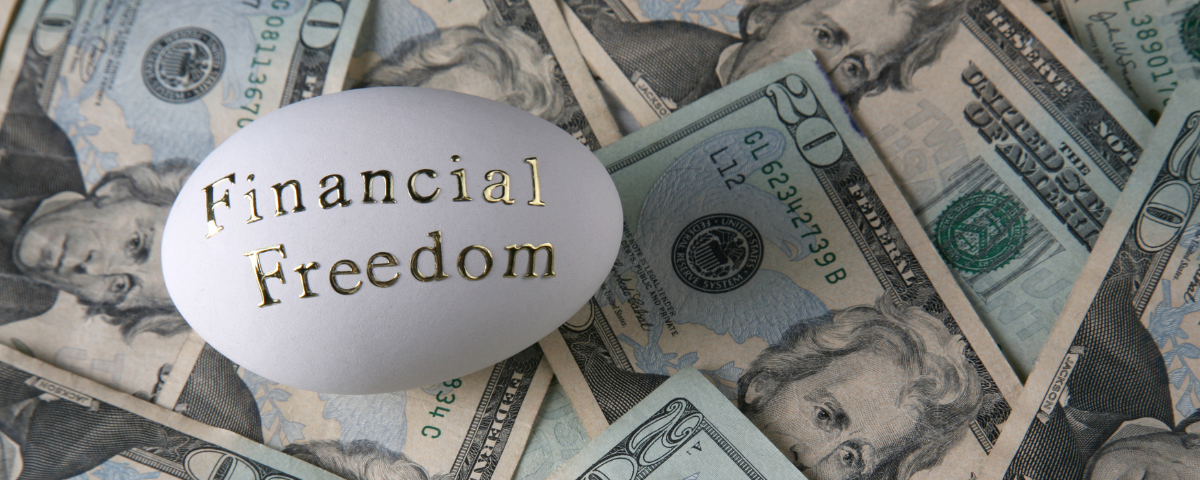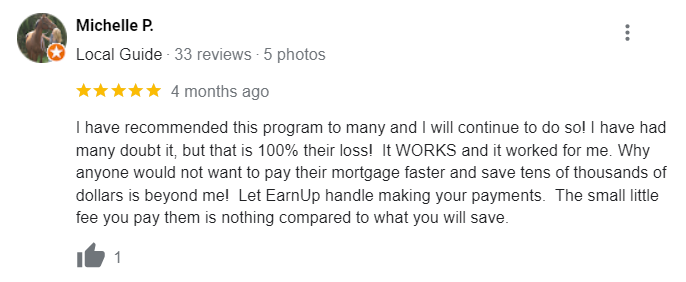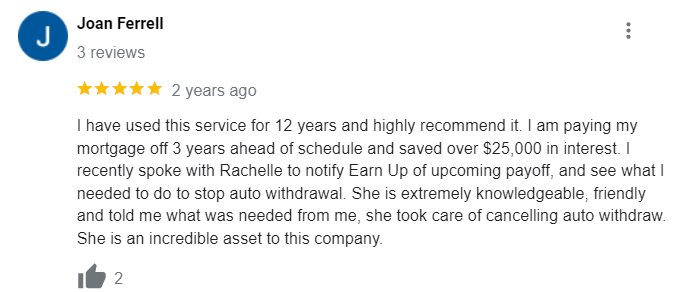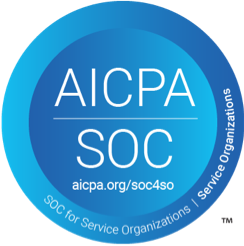Picture this: You’re finally free from the weight of debt. Instead of dreading bill payments, you’re saving for dream vacations, paying cash for things you want, and feeling confident about the future. Learning how to pay off debt might feel impossible right now, but this scenario is within your reach.
This guide offers actionable debt management and repayment advice, empowering you to feel in control and optimistic about your money. Paying off debt is about more than mechanics; it’s about feeling optimistic about your personal finance situation.
How to Pay Off Debt: A Step-by-Step Guide
1. Assess Your Debt
It’s natural to avoid confronting our debt. However, taking the first step toward freedom involves confronting the problem.
Start by logging into all your accounts. List every single debt: credit cards, student loans, personal loans, auto loans, and anything else you owe. Note the current balance, interest rate, and minimum payment for each.
If you’re unsure about certain debts, pulling your credit report offers a comprehensive overview of all open credit accounts. Understanding your different types of debt—from credit card debt and student loans to auto loans—is the foundation of an effective payoff strategy. Consider a free credit score check too. Your credit score plays a vital role.
2. Create a Budget and Manage Your Cashflow
Paying off debt starts with understanding where your money goes. A zero-based budget, where every dollar has a purpose, is helpful.
Allocate every bit of your income toward essential expenses, debt repayments, and a small amount for wants. Think of it as wealth management for debt repayment. Budgeting is your roadmap, and sound cashflow management is your vehicle to debt-free living. This will help you allocate money market funds towards high interest debts.
This isn’t about restriction; it’s about empowerment. You’ll see spending patterns and pinpoint areas where you can cut back, which improves your overall personal finances.
There are also helpful free resources for creating and keeping a monthly budget simple. Freeing up cash from unnecessary credit accounts and allocating it towards debt sets you up for success with personal loans or student loans.
3. Choose the Best Debt Repayment Plan: Debt Snowball vs. Avalanche
With your finances organized, consider two primary debt repayment plans. You can choose the “smallest balance” or target higher interest rates (debt avalanche method).
The debt snowball method involves listing debts smallest to largest, ignoring interest rates. Target your smallest debt while making minimum payments on others. The debt snowball helps build momentum with quick wins. These quick wins boost motivation and can improve your credit report and scores.
Debt snowball creates an encouraging pay off experience. Small, achievable milestones fuel momentum. This motivates consistent progress toward eliminating bigger debt. Early wins drive engagement. This process typically yields full debt repayment in approximately 18–24 months. This plan will show up as a good decision in future credit reports. This helps your credit score as it reflects smart repayment behavior, so you’re working towards being approved for other accounts as a bonus of repaying your other debts.
While the debt avalanche—targeting highest-interest accounts—is mathematically appealing, financial payoff transcends calculations. The debt avalanche method maximizes interest savings. It’s suitable for analytically-minded individuals. Choosing between debt snowball and avalanche methods sometimes requires looking at all of your accounts open for current interest rates as these will play a major role.
| Debt Snowball | Debt Avalanche |
|---|---|
| Prioritizes smallest debts first. | Prioritizes highest-interest debts first. |
| Builds momentum through quick wins. | Maximizes interest savings. |
| Suitable for motivation-driven individuals. | Suitable for analytically-minded individuals. |
4. Extra Ways to Make Money
Paying off debt faster requires extra strategies. Look for ways to make quick cash to supercharge your journey. Consider high-yield savings accounts, savings calculators and exploring how CD rates can help boost income.
Sell gently used items online. Find additional or part-time jobs (side hustles). Tap into gig work—any contribution adds up. This allows you to build momentum to work toward savings growth with a high-yield savings account and by making sound wealth management decisions.
Temporarily pause additional retirement plan investments until debt is erased and an emergency fund is established. Prioritize a lump-sum strategy over retirement planning until free from loan debts. Redirect funds from investment accounts toward clearing smaller balance loans. Use every dollar for fastest impact on lowest interest accruing debts. Think about a retirement plan after you free up cashflow by removing debt obligations like loan repayments and other accounts checking. Look for the best CD calculator to find where you can maximize short-term and long-term growth on various CD terms.
Harnessing the Power of Budgeting and Debt Management Tools
In today’s digital age, there are numerous budgeting and debt management tools available to help you conquer your debt. These tools can simplify the process, provide valuable insights, and keep you on track. Let’s explore some of the ways these tools can assist you:
Budgeting Tools
- Track your expenses: Budgeting apps allow you to easily track your income and expenses, providing a clear picture of your financial situation.
- Create a budget: These apps offer customizable budget templates and suggestions to help you allocate your money effectively.
- Set financial goals: Set and work towards specific financial objectives, such as saving for a emergency fund or paying off debt.
Debt Management Tools
- Debt tracking: Tools like Debt Snowball, Debt Avalanche, and Debt Repayment Calculators help you organize and prioritize your debts.
- Payment planning: These tools provide personalized payment plans, taking into account your income, expenses, and debt obligations.
- Credit score monitoring: Keep an eye on your credit score and receive alerts when it changes, helping you stay on top of your credit health.
Benefits of Using Budgeting and Debt Management Tools
- Increased accountability: Regularly tracking your spending and debt helps you stay accountable and motivated.
- Simplified budgeting: Automate your budgeting process, saving time and reducing the likelihood of errors.
- Personalized guidance: Receive tailored advice and recommendations based on your unique financial situation.
- Stress reduction: Gain peace of mind knowing you have a clear plan to tackle your debt and achieve financial stability.
By leveraging these powerful tools, you’ll be better equipped to manage your finances, stay on top of your debt, and make progress towards financial freedom.
5. Be Responsible
If you’re paying off large credit card debts, consider debt consolidation. This could benefit you by having less accounts open for smaller balance loans such as student loans, mortgages, and car loans, while keeping your current credit accounts and payments current, paying more than the monthly payment and using freed up cash each month towards one single balance.
Refrain from accumulating more high interest debt. A cash envelope system can curtail impulsive purchases, supporting your budgeting goals. Evaluate lifestyle decisions impacting debt, especially housing or cars. Refinance or consolidate higher interest loans for a lower rate for small business and personal loans. Consider a checking account bonus to take advantage of while paying down your other accounts checking for loan and debt payments, or just keep that money market fund account active to keep money building slowly while tackling higher priority debt.
For car loans, consider trading a more expensive vehicle for a used one. Allocate every saved dollar toward debt repayment and quick wins. Seek professional financial guidance for extra support in reducing debt and managing your savings accounts.
Look into programs that teach money management strategies to improve all areas of your accounts including checking accounts, high yield savings accounts, CDs, Money Markets, Real Estate, Small Business, Retirement Plans, Insurance Plans, Credit Card Accounts, Auto Loans, and more. This could even help with understanding various CD rates and mortgage rates for refinancing opportunities.
Debt Management Made Easy with Automated Tools
When it comes to managing debt, having the right tools can make all the difference. Debt management tools that can help you take control of your debt and achieve financial freedom are key. Here are some ways they can assist you:
Debt Consolidation and Organization
Your debt management tool should allow you to consolidate all your debts into one place, making it easy to track and manage multiple debts. You can add all your debt accounts, including credit cards, loans, and mortgages, and view them in a single dashboard.
Customized Debt Repayment Plans
They should also help create a personalized debt repayment plan tailored to your financial situation and goals. The plan takes into account your income, expenses, and debt obligations, providing a clear roadmap to debt freedom.
Automated Debt Payments
We recommend a debt management tool that allows you to set up automated debt payments, ensuring that you never miss a payment. You can schedule payments in advance, and your debt management tool will take care of the rest.
By using a debt management tool, you’ll gain a clear understanding of your debt, create a personalized repayment plan, and stay on track with automated payments.
FAQs about How to Pay Off Debt
What is the fastest way to pay off debt?
The fastest way involves aggressive saving, increased income, and strategic debt repayment. Prioritize minimizing spending while seeking extra cash to create high-impact payments. Be mindful of accruing interest on account balances and minimum payments.
Is $20,000 a lot of debt?
$20,000 can feel overwhelming, but it’s manageable. Whether it’s “a lot” depends on individual circumstances like wages. Remember, many others face larger loan repayments, mortgage payments, and student loan amounts. Refinancing your mortgage might be possible by checking mortgage rates. You can succeed. Try to find year CD or month CD terms to find the best rate for you.
Consider selling assets or refinancing auto loans to free up funds in your checking accounts. Aim for financial peace by reducing overwhelming debt payments to improve your financial health and grow savings balances for emergencies. If you are self-employed you can consult a small business lender to see what small business loans and business accounts are right for you to move balances around and to start building accounts checking for positive growth.
How to pay $30,000 debt in one year?
Paying off $30,000 in a year requires dedication. You’ll need a detailed budget, substantial spending cuts, and potentially increased work hours. It might mean selling possessions or starting side businesses for quick impact. Target maximum cash each month toward that $30,000 debt. Eventually create monthly cash flow exceeding accruing interest on revolving loan accounts for small business owners or individuals. Utilize effective budgeting to increase savings generated from reduced monthly payments. Ensure you maintain a positive account balance and continue increasing savings with strategic budgeting.
How do I pay off debt if I live paycheck to paycheck?
It’s tough, but doable. Analyze every expenditure—groceries, bills, credit card balances—for reductions using a budgeting application. Reduce grocery bills via cost-effective home-prepped meals. Eliminate some recurring service expenses. Work extra hours through side jobs or weekend tasks, making debt repayment central to your financial peace journey. Even without drastic lifestyle cutbacks, progress is possible. Review month CD rates for growth possibilities as you get free of debt and free up your checking account balances.
Conclusion
Getting out of debt takes focus, determination, and a solid plan. It’s a journey of empowerment, not shame. Simple questions can bring clarity, even with high-interest credit card debts. How to pay off debt is about achieving financial wellness and securing personal growth.










